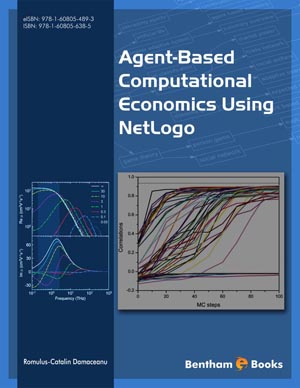Abstract
Fog computing helps us to extend the facility from the cloud center to edge networks. As this technology has advantages, we want to implement this in the transportation system as it plays an important role in everyone’s life. In the urban area, the traffic has rapidly increased, which costs a lot of time, consumes more fuel, and leads to accidents. A combination of fog computing and vehicle network will help in real-time in various transportation sectors and help to access the data from anywhere. The system should be such that it can analyze and store the data much faster than the systems available till now, so in this paper, we will be focusing on reducing the latency with advanced algorithms in data transferring between the fog and edge layers. Reducing latency is a major challenge in many communication systems. We will be discussing its application and the internal processing in the fog layers with advanced algorithms. This will improve the system capabilities and performance to a further extent which will be useful in ITS. Finally, the chapter focuses on challenges and issues with ITS (intelligent transportation system) and the future scope.
Keywords: Data Transfer, Edge Layers, Fog Layers, Fog and Edge Computing, ITS.






















